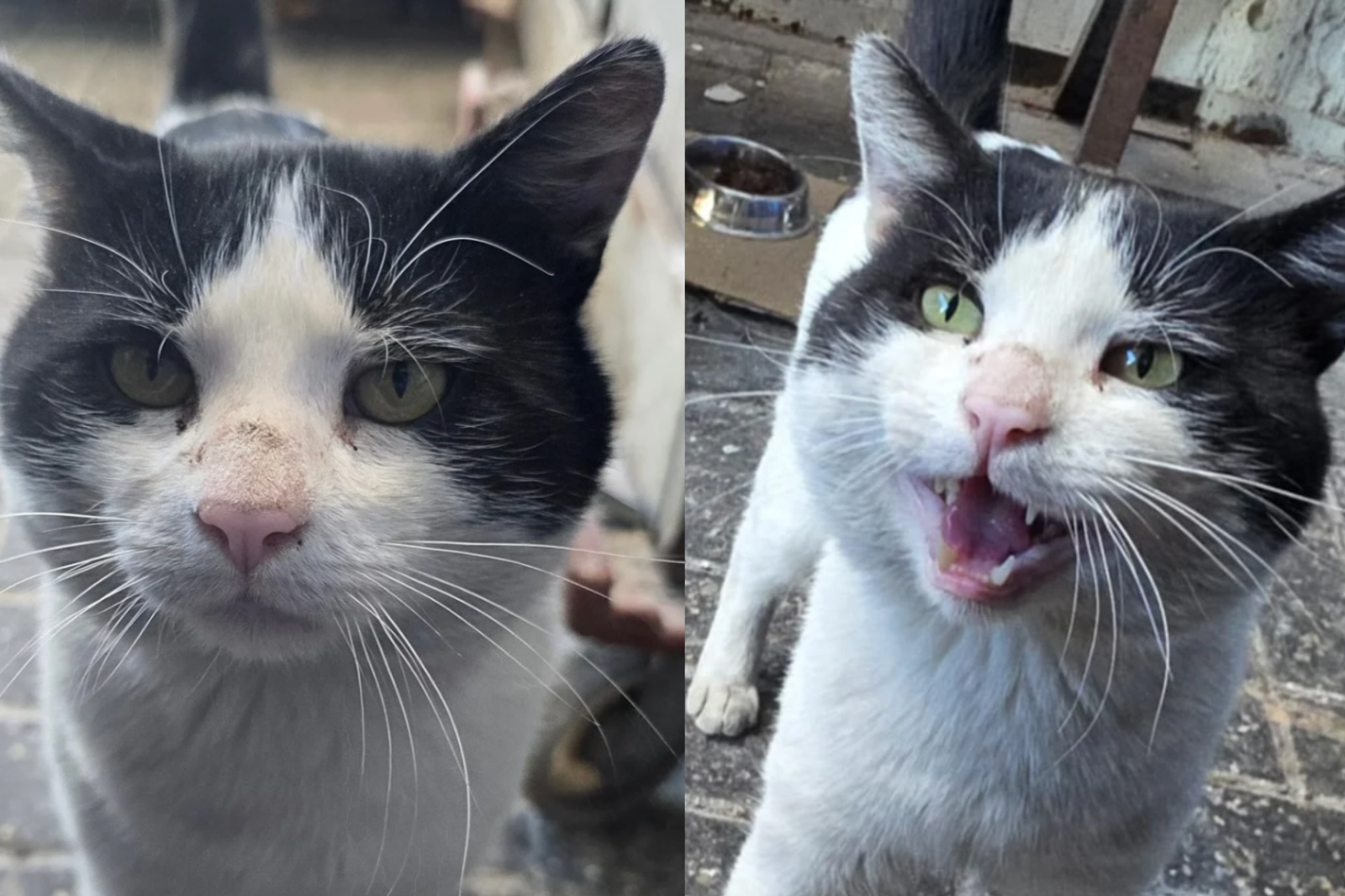Copyright The Philadelphia Inquirer

With Philly Flannel Fest, creator Robbie Long has spun an East Germantown tradition out of whole cloth. Long, an events promoter from North Philly, said he dreamed up the flannel festival concept during the pandemic, after returning from a trip to Cambridge, Mass., to visit his fiance. “It seemed like everyone was wearing flannel,” Long said. “And when I came back to Philly, I noticed that everybody was doing the same.” Long’s business, Live24Hrs, had taken a big hit during the COVID-19 pandemic, but to him, organizing an event around a simple concept — wear a flannel shirt — felt like a great plan to get back on the events scene. Live music, food, drinks, and a cool venue added to the appeal. He launched the first event in 2023. Last year, he had more than 1,300 people show up, enough to tempt him into trying to get into the Guinness Book of World Records. He’s since abandoned that plan — he says Guinness makes you jump through too many hoops — but stands by his claim that last year “unofficially” broke the world record. On Sunday afternoon, the hundreds of people who crammed into the parking lot around the Braid Mill event/ and coworking space made it feel like perhaps some record was being set, at least in spirit. “It’s a great concept for the fall,” said Portia Dean from Horsham Township in Montgomery County. The event, she noted, was stacked with food vendors and regionally produced wine— the perfect excuse to meet with her friend to catch up. Not to mention, Dean pointed out, the Eagles have a bye week, leaving Philadelphians with a football field-sized void in their fall Sunday routines. “When the Birds don’t play, we come out to play,” Dean said, wearing a red, black, and green cotton flannel shirt. Flannel, which refers to the material, is not to be confused with plaid, which is a mere color pattern. Flannel’s soft texture is what makes it recognizable, and comes from a process called “napping,” according to the High Desert Museum in Oregon, which had an exhibit on flannel earlier this year. The raw material itself may be wool, cotton, or synthetic fibers. Monserrat Andujar of Manhattan obtained a Levi’s buffalo plaid flannel shirt after seeing a promotion for the event on Instagram. She found a plaid neckerchief for her 10-year old Siberian Husky, Stormy, at “a little vintage store on the Lower East Side,” and as the duo drove out of New York, she hoped to see red and orange autumn leaves along the way. Andujar said she loves supporting “young” festivals like this one, and was impressed with the empanadas and other food on offer. The festival also featured music, including a 28-person Batala Brazilian-influenced percussion group based in Philly. Aruni Jayatilleke from Fitler Square is the “caller” for the band — kind of like a conductor. Flannel originated in Europe centuries ago but became a mainstay in the U.S., where its warmth and moisture-wicking properties appealed to loggers and cattle ranchers, according to the High Desert Museum. The museum notes that, while flannel in the U.S. initially signified workers in places like the high desert of Oregon, in the 1990s “alternative rock artists like Nirvana adopted flannel as their nod to non-fashion.” To Jim Conmy, a plaid flannel shirt was the garment he selected for a Texas two-step dance he plans to do at a ballroom dancing event later this year. Flannel Fest gave him the perfect chance to preview his shirt, and he and Nancy Rawson traveled from Fishtown to enjoy the party. “It’s such a gorgeous day,” Rawson said, admitting that it was almost a touch too warm for her flannel shirt. Rawson and Conmy struggled to describe the exact colors of his plaid cotton flannel shirt : red, blue, white, purple? “They’re blending,” Rawson said. “It’s what plaids do,” Conmy said. “They blend.”



